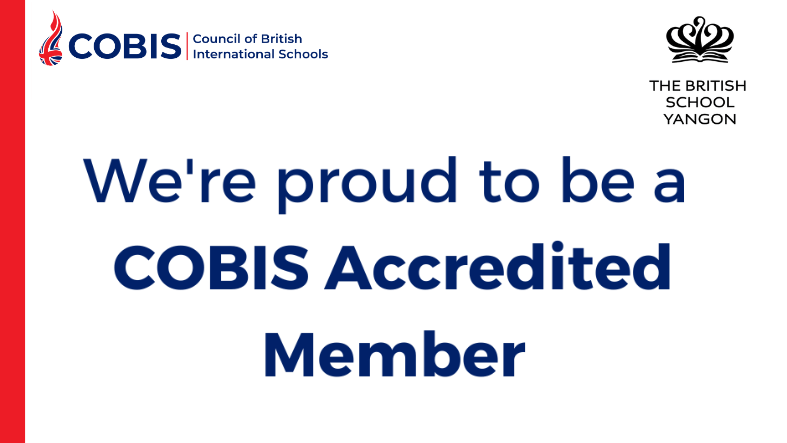What Are the MIT Challenges?
The MIT challenges are a series of tasks designed to extend students' learning beyond the traditional curriculum. Set by the Massachusetts Institute of Technology and unique to Nord Anglia schools, these challenges engage students of all ages in solving real-world problems—whether through designing sustainable products, creating innovative technology, or exploring environmental solutions. They transcend academic boundaries, transforming learning into a hands-on adventure with visible, tangible outcomes that students can present and share.
The impact of the MIT challenges reverberates far beyond the classroom. Parents, teachers, and external experts have become active participants in this educational journey. Parents’ feedback has highlighted the unique value of these challenges in promoting not only academic growth but also fostering essential life skills such as creativity, teamwork, and resilience.
Why Experiential Learning Matters
Experiential learning lies at the core of the MIT challenges, moving beyond passive methods and emphasizing active engagement. Students don’t just learn concepts—they experience them. The benefits of this approach are profound:
1. Deeper Engagement: Students become active participants in their own learning, whether building electromagnets or devising climate solutions. This hands-on involvement solidifies concepts in ways traditional methods can't match.
2. Development of Critical Skills: Experiential learning develops vital skills like problem-solving, collaboration, and adaptability. The MIT challenges require students to think critically, work in teams, and present their solutions confidently.
3. Real-World Relevance: The challenges tackle pressing issues such as climate change and technological innovation, allowing students to see the relevance of their studies and prepare for meaningful future contributions.
4. Lasting Impact: These hands-on projects create memorable learning experiences, shaping how students approach challenges in life beyond the classroom.
Looking Back: The Impact of Last Year’s MIT Challenges
Looking back on last year, the energy these challenges brought into my classroom was remarkable. Students tackled complex topics such as electromagnets, plant biology, and fusion with enthusiasm and curiosity, building on each challenge and fostering a sense of discovery that transcended the traditional learning environment.
The highlight was undoubtedly the third and final challenge—a school-wide event culminating in a Dragons’ Den event. Students pitched their innovative projects to members of the British Chamber of Commerce, who were highly impressed by the students' presentation skills and depth of understanding. This event demonstrated the transformative power of experiential learning and showed that, when given the opportunity to explore and create, students rise to the occasion and exceed expectations.
Parents, who were initially curious about this new approach to learning, have become some of its strongest advocates. Their feedback highlights the positive effects these challenges have had on their children, not just academically but in developing important skills like creativity, teamwork, and resilience. For many, the MIT challenges have become a defining feature of the BSY experience.
Looking Ahead: "Designing Solutions"
This year, we are taking the MIT challenges to the next level under the theme "Designing Solutions." Students will address some of today’s most pressing issues, including AI, climate change, and developing solutions for good. These challenges will give students the opportunity to explore cutting-edge technologies, design sustainable innovations, and tackle global challenges from their unique perspectives.
As always, these challenges are grounded in the principles of experiential learning. Whether it’s a Year 2 student designing an AI-driven project or Year 10 students developing climate-friendly innovations, the emphasis remains on active engagement, collaboration, and real-world problem-solving.
What makes these challenges truly special is the way they bring the entire school community together. With parent participation and involvement from industry professionals, these challenges foster a collaborative environment where learning is shared and celebrated. The Dragons’ Den panel will hopefully return, and I am confident that our students will once again impress with their ingenuity, resourcefulness, and confidence.
Conclusion
The MIT challenges at BSY are more than just another academic exercise—they are an integral part of our curriculum, equipping students with the skills to navigate the complexities of the modern world. By fostering a love of learning that extends beyond the classroom, they help prepare our students for a future where creativity, collaboration, and resilience are key. As we embark on this year’s journey of "Designing Solutions," I look forward to continuing to work with our students, parents, and the wider community to make these experiences truly transformative.



/website-layout-(4).jpg?h=443&iar=0&w=787&rev=397c9c948ade4b0d915def3d2a9e0639&hash=C14C7F0DE724A33583BC19EE145766B5)

